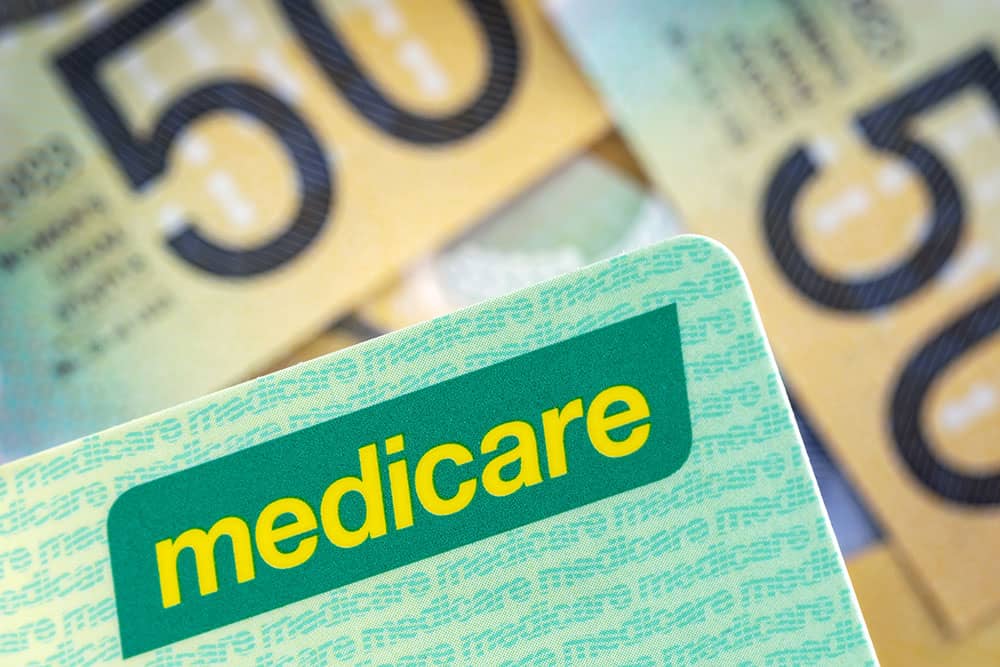Health insurance is not compulsory, but it is always beneficial to be covered. Knowing you have health insurance when you require essential treatment can give you peace of mind during challenging times. But many Australians actually sacrifice such a benefit, resorting to staying at a public hospital as a public patient or simply carrying the medical costs on their own.
For this reason, the government introduced a few schemes to encourage Australians to get appropriate health cover. It’s no secret that private health insurance can be a costly expense for regular people. But the government wants more Australians to be insured by introducing rebates on their private health insurance premiums. This means that insurance is more affordable for low to middle-income earners.
Different rebate levels are accessible for the citizens. These levels depend on the person’s taxable income. Those with low income earn significant rebates in general. However, if your income is over $140,000, you will not receive a refund. The same condition applies to families earning over $280,000.
How Much is the Private Health Insurance Rebate?
There are four tiers in determining the rebate rates for singles and families, which are as follows:
- The Base Tier comprises individuals earning $90,000 or less and families earning $180,000 or less
- Tier 1 involves individuals with an income of $90,001 to $105,000 and $180,001 to $210,000 for families.
- Tier 2 covers those with an income of $105,001 to $140,000 for individuals and $210,001 to $280,000 for families.
- Tier 3 includes everyone who earns $140,001 or more (individuals) and $280,001 or more (families).
Singles and families are grouped into three based on the age of the insured. Here’s a look at the figures:
- Base Tier
- Individuals below the age of 65: 25.608%
- Individuals 65-69 years old: 28.710%
- Individuals 70 and up: 32.812%
- Tier 1
- Individuals 64 and below: 16.405%
- Individuals 65-69 years old: 20.507%
- Individuals 70 and up: 24.608%
- Tier 2
- Individuals below the age of 65: 8.202%
- Individuals 65-69 years: 12.303%
- Individuals 70 and up: 16.405%
People who belong to Tier 3 will not receive any rebate, regardless of age.
Single parents and couples, which also count de facto couples, are all included in the family tiers above. Families with children are granted a $1,500 increase in the threshold for every succeeding child after the first.
For example, if you have three children and are in Tier 1, you can receive a 16.405% rebate if you earn up to $213,000. The rebates will remain in effect from 1 April 2021 to 31 March 2022. They apply to specific policies, namely general treatment, hospital, and ambulance. However, the rates will not cover your Lifetime Health Cover (LHC) loading. It’s a 2% increase in your existing premium for every year that you do not take out hospital cover once you turn 31.
If you’re a veteran or a member of the Australian Defence Force, you’re exempt from the LHC loading. You can also avoid it by taking out your hospital cover on your base day or the 1st of July following your 31st birthday.
So how much will your total rebate be? The ATO adjusts the tax offset rates each year. Therefore, the refund you’re entitled to will differ from year to year. Other factors that affect the total offset percentage are your taxable income, fringe benefits, and super contributions, all of which have a role in your total income.
Your family status will also determine how much your private health insurance tax offset will be. For instance, you got married before the last day of the income year. That means you’ll be checked against the family income threshold. This condition also applies if you have dependent children or are a single parent on the last day of the income year.
How to Claim Your Private Health Insurance Rebate
After looking at the figures above and determining that you are eligible, do not forget to claim your private health insurance rebate. You can only do this if you are:
- An Australian citizen or resident
- An owner of a Medicare card
- Earning an income that does not exceed $140,001 or $280,0001 for couples
- A customer of a private health insurance company recognised by the Australian Taxation Office
All policies are accepted by the ATO when they are under a registered insurer and provide general or hospital cover or both. To know if your insurer is ATO-recognised, you can head to the Private Health Insurance Administration Council website and look them up.
Australians without appropriate cover may be obliged to pay the Medicare Levy Surcharge. The surcharge rate of 1% applies to all people of all ages in Tier 1. If you’re in Tier 2, your Medical Levy Surcharge will increase to 1.25% and 1.5% for those in Tier 3.
Suppose you cannot figure out whether you’re qualified for the rebate. In that case, you can always talk to your insurer to determine your policy eligibility.
There are two main ways to claim. The first one is to contact your insurer and get a reduced premium. Receiving your rebate this way means that you need to provide your insurer with the tier you fall into based on your income. Your insurer will then reduce the price of your insurance.
The second method is in the form of a tax refund, which will be given to you through your tax return.

Don’t Miss Your Private Health Insurance Rebate
The ATO is in charge of identifying whether or not you have correctly claimed your tax offset for your private health insurance. If you’re eligible for an Australian government rebate on private health insurance, you can apply for it to claim. The offset will be income-tested to ensure that you’re qualified for it. Once it’s approved, you will receive the funds in the form of a rebate on your insurance premium or as a tax refund, which will be sent to your bank account. This rebate is available on extras, combined, and hospital cover.
If you’re married or in a de facto relationship, you’re both entitled to your share of the offset. You may also apply for a rebate if your employer is currently paying your health insurance on your behalf. However, it will depend on your income, as well as your Medicare eligibility. It’s essential to check whether or not your employer has claimed the rebate – which is often the case – in the form of an upfront reduction in your insurance premium. You can determine so by reviewing your private health insurance tax statement, where you’ll find the rebate claimed.
What if you made a mistake regarding your tier? If you nominated the wrong tier, you might get a lower rebate than you are supposed to receive. Don’t worry; you can still receive a tax offset using your tax return. That’s why it is important to make sure that you do your tax return carefully and lodge it with the correct information. This situation presents you with the opportunity to enjoy a bigger tax refund.
However, if you nominated a wrong tier and you ended up with a higher rebate than you’re entitled to, you’ll have a tax liability. Therefore, you owe tax to the ATO. An alternative is that you will receive a much smaller refund at the end of the financial year.
*General Advice Warning – “Any financial product advice provided by TaxReturn.com.au is general in nature and is not personal financial advice. It does not take into account your objectives, financial situation, or needs. Before acting on any information, you should consider the appropriateness of it regarding your own objectives, financial situation and needs.”


